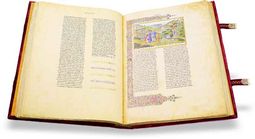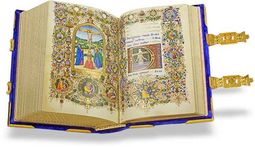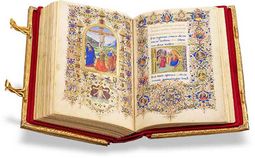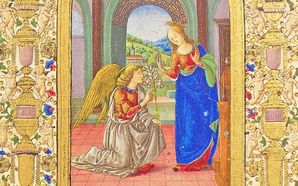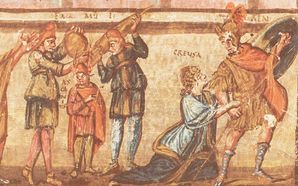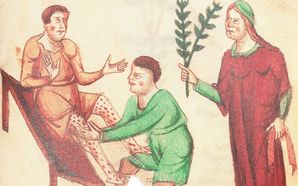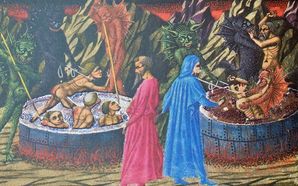Renaissance Illumination
First taking root in 14th century Florence, the Renaissance was a period of tremendous progress in the arts, sciences, and culture. It was a "rebirth" and renewal of fascination in the knowledge of antiquity, improvements in artistic techniques, a proliferation of vernacular literature, and the development of empirical scientific research.
At the same time as this splendid intellectual blossoming was occurring, Europe was experiencing some of its most violent and tumultuous centuries. In spite of or perhaps because of this, an unprecedented outpouring of artistic and scholarly effort occurred between the 14th and 17th centuries. It was a celebration of the human spirit, resilience, and creativity made possible by great patrons like Lorenzo de’ Medici and Federico da Montefeltro.
The Renaissance also brought about some of the finest specimens in art history, initially south of the Alps before spreading north in the coming decades, which continued to be celebrated across the world. This includes numerous exceptionally illuminated manuscripts, which represent the final and most spectacular chapter in the history of European book art.
Demonstration of a Sample Page
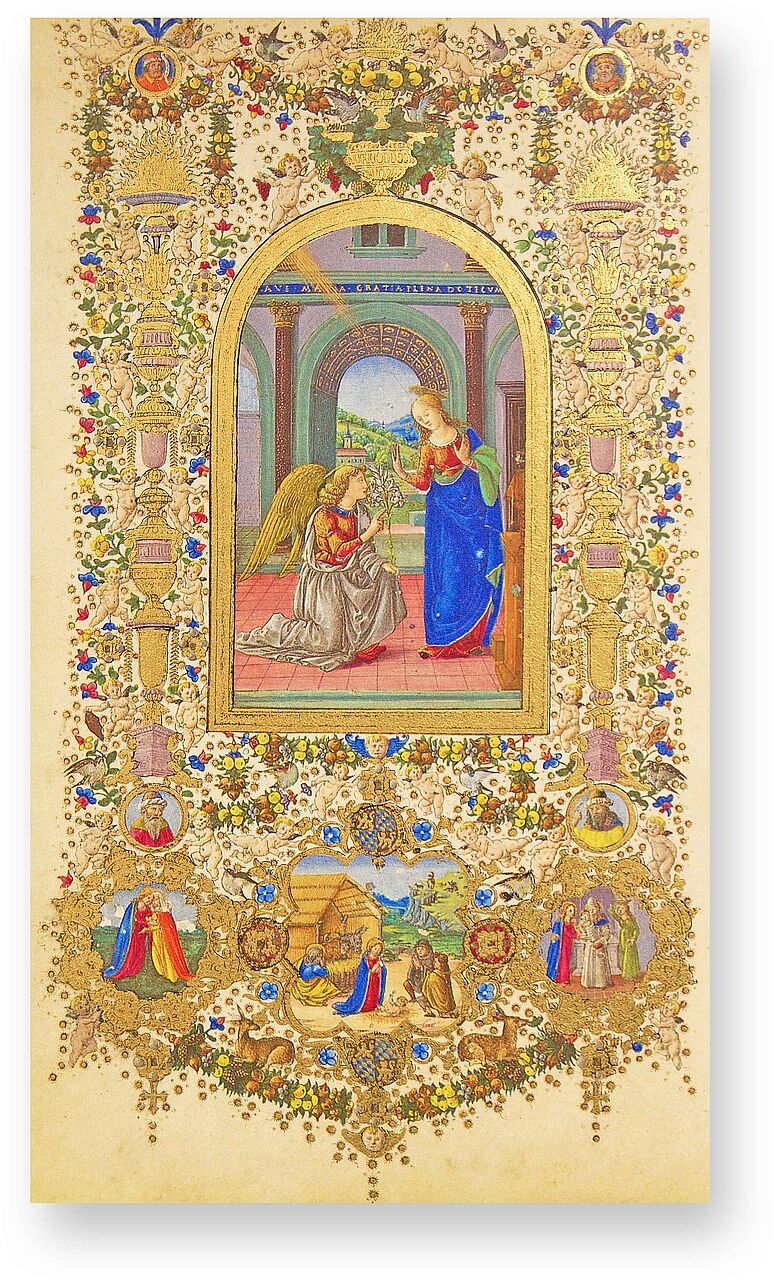
Prayer Book of Lorenzo de' Medici
Annunciation Scene
A spectacular wedding present from Lorenzo de’ Medici to his eldest daughter Lucrezia! Housed in a splendid gilded silver binding adorned with fine enamel work, the incredible illumination found within originates from the Florentine master Francesco Rosselli. This textbook Annunciation scene is simultaneously a perfect example of Italian Renaissance illumination.
As is typical, the archangel Gabriel addresses the Virgin Mary from the left, who learns of her divine pregnancy as the Holy Spirit descends upon her in a golden ray of light. Their bodies are realistically modelled while the spatiality and perspective of the classically-styled interior is perfect. The gilded marginalia consists of medallion miniatures, cherubs, fruits, flowers, and elaborate candelabra.

